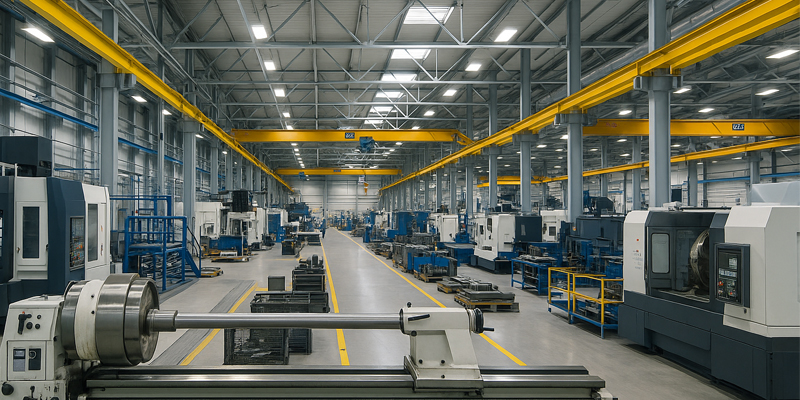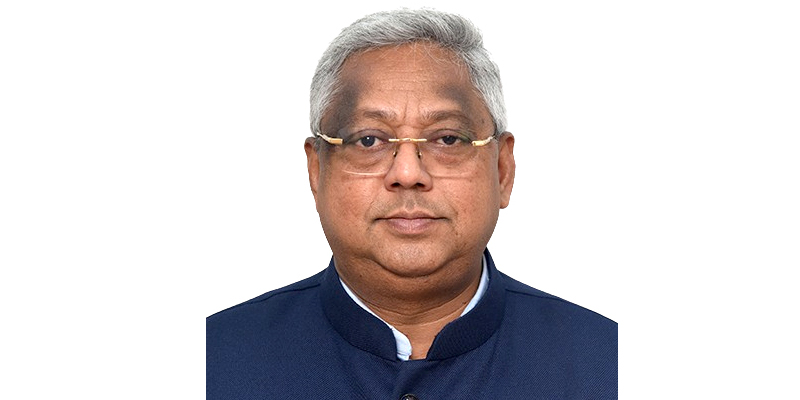Schedule a Call Back
Intersection of 3D printing and laser cutting: A new paradigm in manufacturing
 Articles
Articles- May 17,24
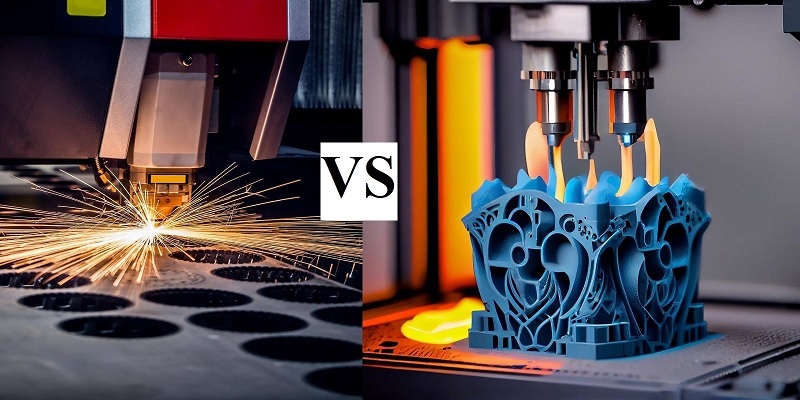
Related Stories
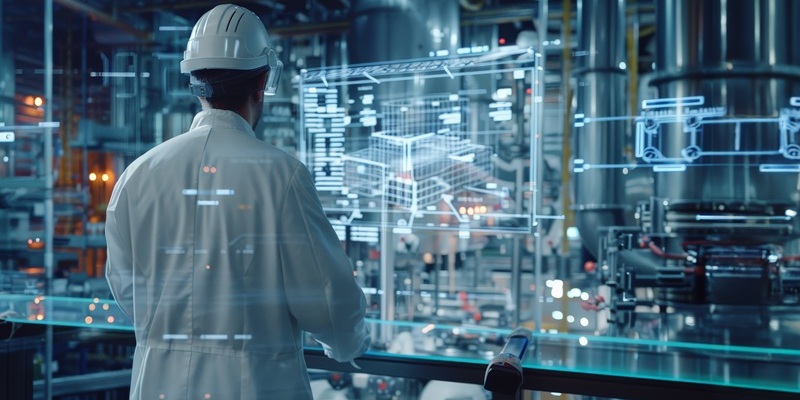
6 Nonnegotiable requirements for your smart factory transformation
The smart tech world is seemingly never-ending, but a few essential staples create an unshakable foundation. Here, Emily Newton suggests six essential ingredients for a transformation to smart facto..
Read more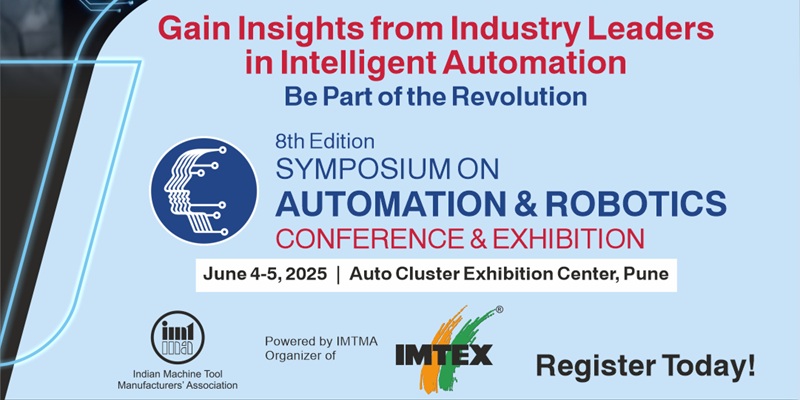
IMTMA to host Symposium on Automation & Robotics 2025 on June 4-5 in Pune
The symposium aims to address the real-time benefits and applications of automation in smart manufacturing.
Read more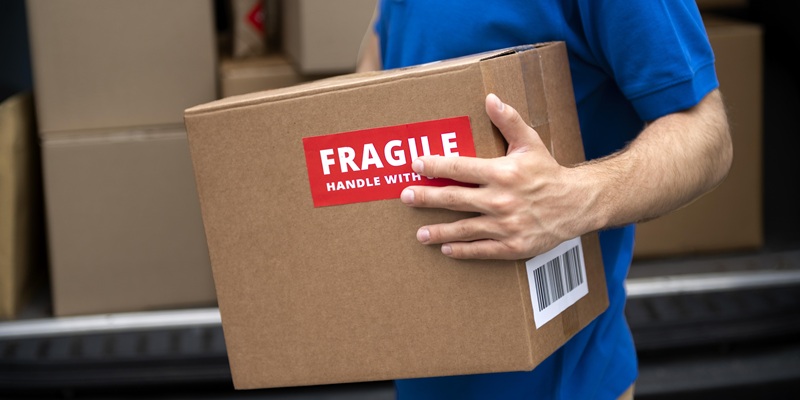
Three Vibration-Control Innovations Saving Drivers and Shipments
In this article, Emily Newton discusses some of the latest innovations to improve vibration control and protect packages during transportation.
Read more





